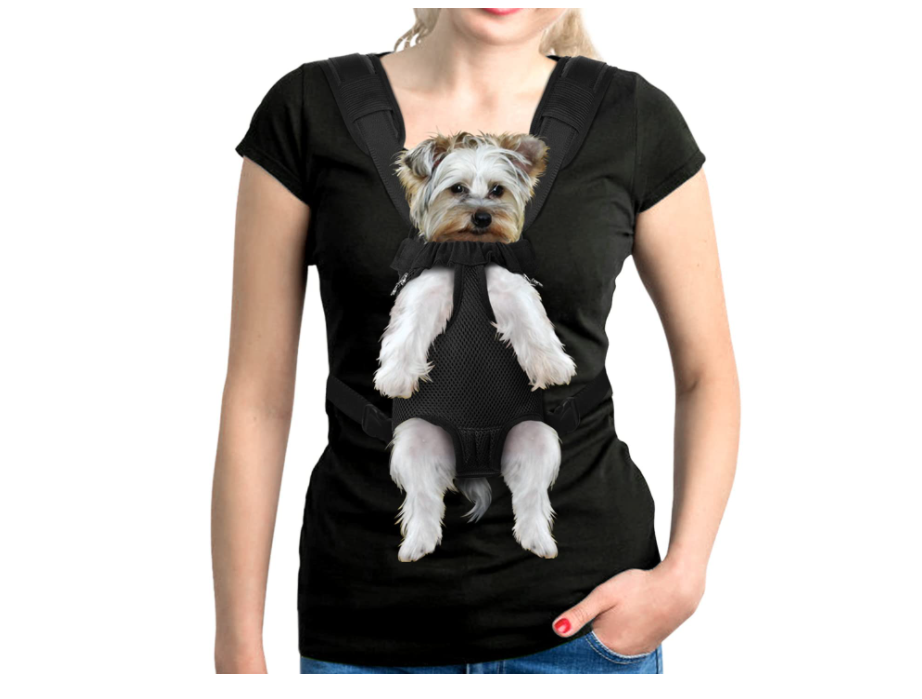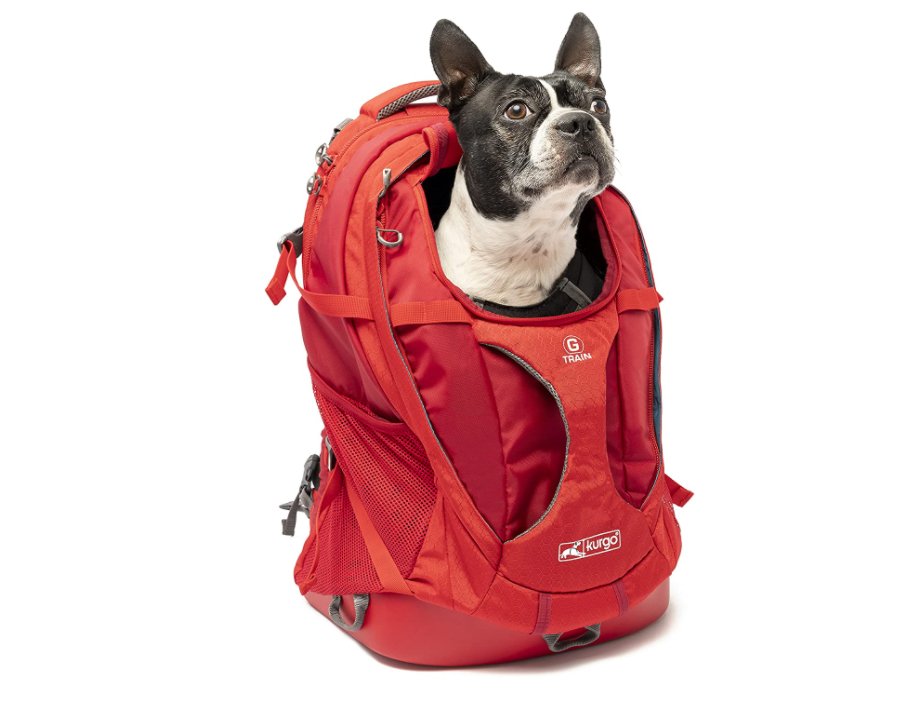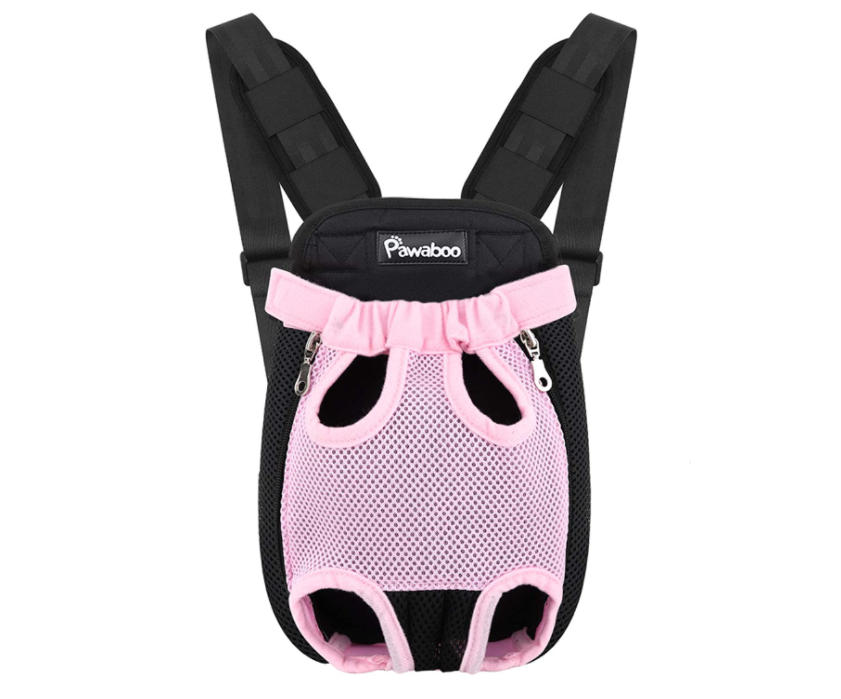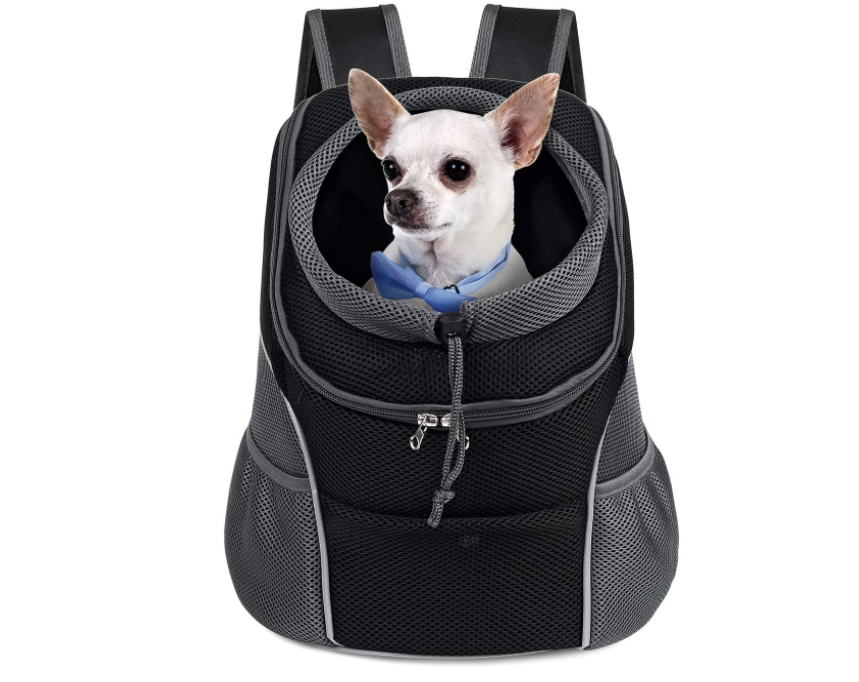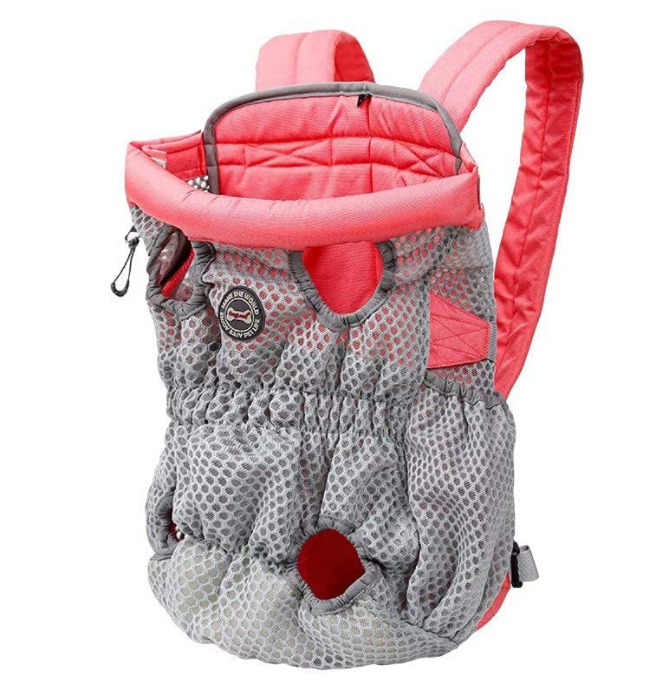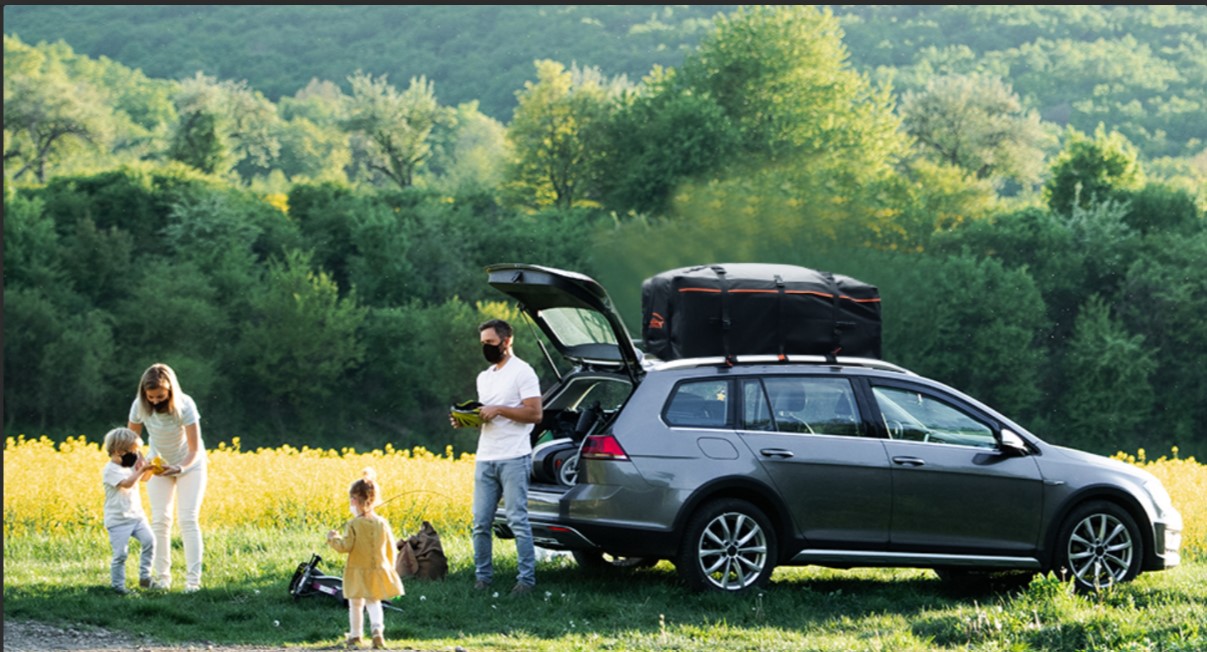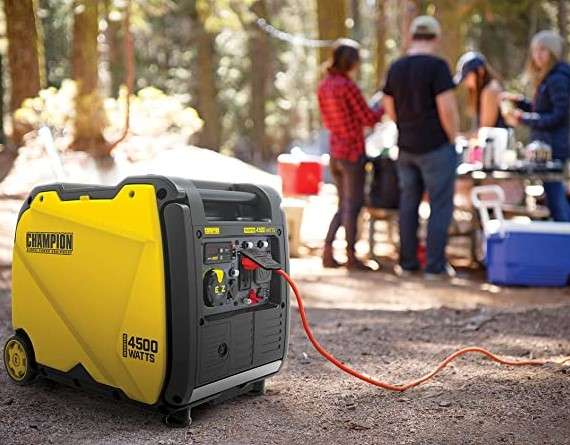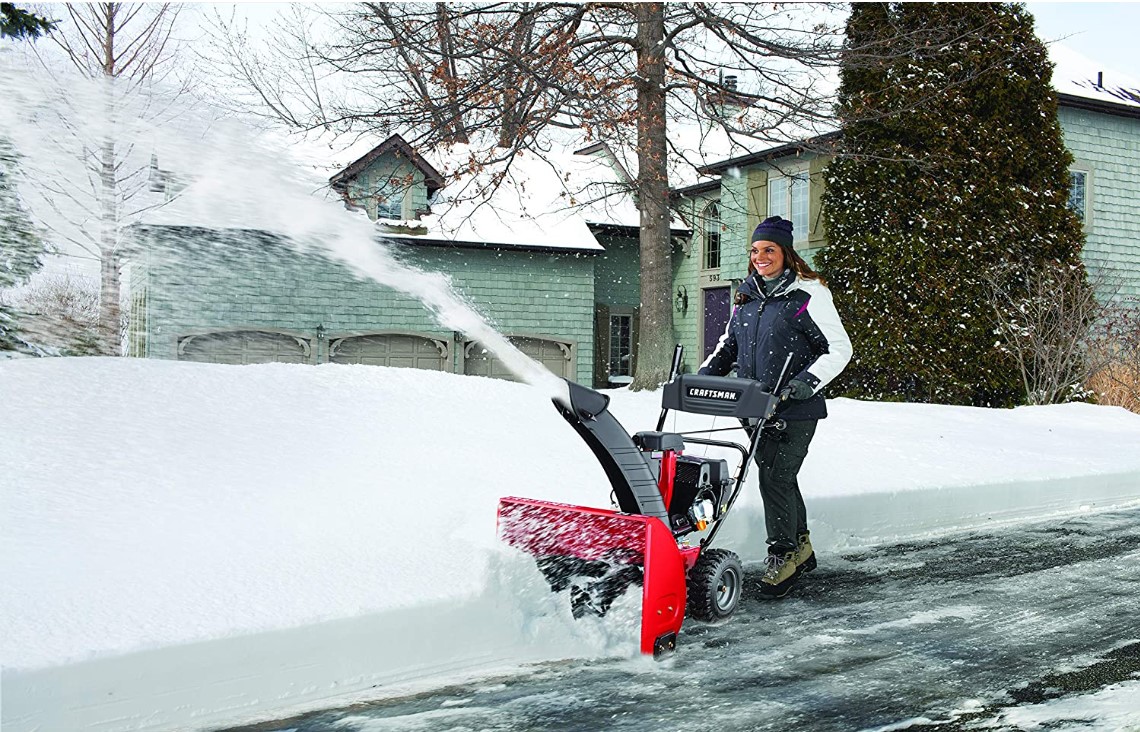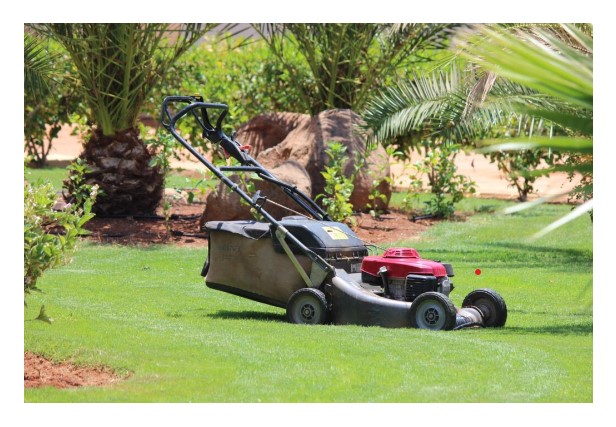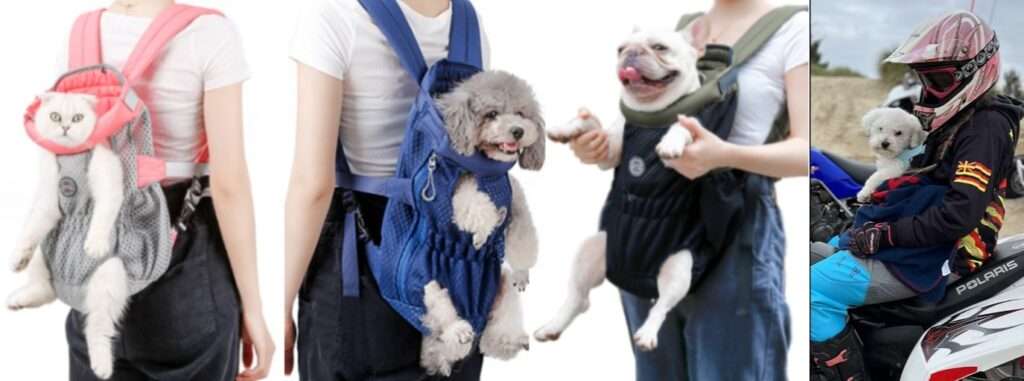
Get Ready for Adventure with the Perfect Motorcycle Dog Carrier!
If you love taking your furry friend along for motorcycle rides, you’ll want the best dog carrier for your bike’s tank. Whether you prefer a ready-made carrier or a DIY solution, we’ve got you covered. Discover innovative tank bag options, large dog carriers, and the best motorcycle dog carriers to keep your pet safe and comfortable during your rides. Make your journeys with your canine companion even more enjoyable with a reliable motorcycle gas tank dog carrier.
5 Best Motorcycle Tank Bags for Dog & Cats:
Top 5 Motorcycle tank bags
1. YUDODO Pet Dog Carrier Bag
- Material : Nylon
- Best for bike riding & walking
- Safe and Fashionable design
- 3 Sizes : Small , Medium , Large
- Suitable for small, medium sizes dogs & cats
- Super Comfortable & Soft fabric
- Material : Pet
- 2 colors : Red & Black
- Best for bike riding, cycling & walking
- Lightweight and Fashionable design
- Water bottle pocket
- Super Comfortable & water resistance
- Material : Polyester
- 6 colors : Red, Black, Pink, Blue, Colorful & Light blue
- 4 Sizes : Small | Medium | Large | Extra large
- Best for bike riding, cycling & walking
- Lightweight and Fashionable design
- Super Comfortable & soft fabric
- Material : Polyester
- 6 colors : Black, Rose, Cyan, Light purple, Light cyan & Full black
- 2 Sizes : Medium & Large
- Pocket for Mobile & bottle
- Best for bike riding, cycling & walking
- Lightweight Super Comfortable & soft fabric
- Material : Polyester
- 4 colors : Gray | Green/black | Dark blue | Pink/Gray
- 2 Sizes : Medium & Large
- Pocket for Mobile & bottle
- Best for bike riding, cycling & walking
- Lightweight
- Comfortable & soft fabric
- Very beautiful design
Carrying a dog on a motorcycle can be dangerous: Here are steps to be follow.
Invest in a proper carrier
Dress your dog appropriately
Start small
Plan ahead
Follow traffic rules
Never leave your dog unattended on the motorcycle
Carrying a dog on a motorcycle can be dangerous since motorcycles offer little protection. If you must do it, use a secure carrier, protective gear, and obey local laws. For safety, using a car is usually a better option.
Elevate your dog’s ride with our secure and cozy carry bags. Enjoy safe and convenient trips on your motorcycle, ensuring both your and your dog.
When transporting your dog on a motorcycle, ensure their safety by:
Use a purpose-built carrier
Secure the carrier
Keep your dog inside
Protective gear
Start with short trips
Prioritize your dog’s safety, follow regulations, and take necessary precautions.
Enhance your dog’s motorcycle journey with our reliable and comfy carry bags. Travel safely and enjoy the ride with your furry fraiend in tow.
Carry your dog’s with our premium carrier bags. Enjoy safe, comfortable journeys together while driving. Your canine companion will love the ride!
Your dog doesn’t have to wear goggles on a motorcycle but it’s smart for eye protection. Special dog goggles called “doggles” are available for this. Ensure they fit well and keep your pup safe with a jacket and helmet too.
